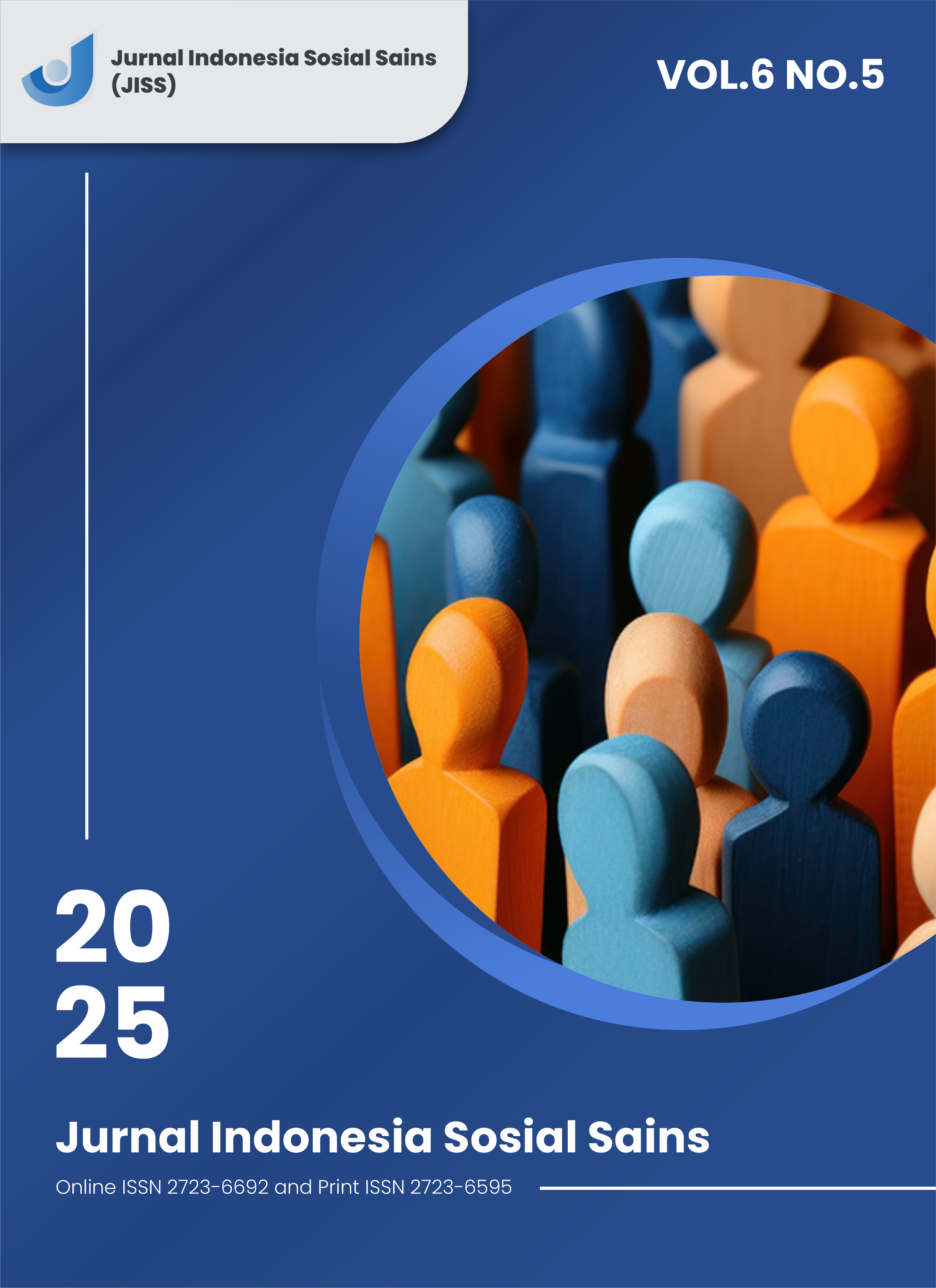Classification of Wayang Kulit Using Canny Feature Extraction and Convolutional Neural Network Algorithm
DOI:
https://doi.org/10.59141/jiss.v6i5.1627Keywords:
Ingenious edge detection, DenseNet-121, classification, leather stuffingAbstract
Wayang kulit is a part of Indonesian culture known to the Javanese people, but the younger generation often has difficulty recognizing the wayang characters they are looking for online because of inaccurate search results. One popular story is the Mahabharata, with the characters of the Five Pandavas: Puntadewa (Yudistira), Bima, Arjuna, Nakula, and Sadeva. Because puppet characters have similar shapes, curves, clothing, and colors, it is often difficult to distinguish and remember. This shows the need for technology to help recognize puppet characters more easily. This research aims to solve this problem by utilizing Deep Learning techniques in Computer Vision to classify puppet images. Canny's feature extraction technique and DenseNet-121 architecture are used to detect patterns in the puppet image and classify them into appropriate categories. The dataset used consisted of 1028 images divided into four categories: Arjuna, Bima, Nakula & Sadewa, and Puntadewa. The framework implemented is CRISP-DM, with the implementation using the Python 3.11 programming language, TensorFlow 2.14, and the Google Colab tool. The results of the model evaluation through the confusion matrix showed 93% accuracy, 93% precision, 93% recall, and 92% f1 score. With these results, it is hoped that technology can facilitate and increase accuracy in recognizing the character of puppet puppets.
Downloads
Published
How to Cite
Issue
Section
License
Copyright (c) 2025 Asep Rudi, Riza Ibnu Adam

This work is licensed under a Creative Commons Attribution-ShareAlike 4.0 International License.
Authors who publish with this journal agree to the following terms:
- Authors retain copyright and grant the journal right of first publication with the work simultaneously licensed under a Creative Commons Attribution-ShareAlike 4.0 International. that allows others to share the work with an acknowledgement of the work's authorship and initial publication in this journal.
- Authors are able to enter into separate, additional contractual arrangements for the non-exclusive distribution of the journal's published version of the work (e.g., post it to an institutional repository or publish it in a book), with an acknowledgement of its initial publication in this journal.
- Authors are permitted and encouraged to post their work online (e.g., in institutional repositories or on their website) prior to and during the submission process, as it can lead to productive exchanges, as well as earlier and greater citation of published work.












